
As we are already in the fourth industrial revolution, Artificial Intelligence (AI) has already reshaped industries, and education cannot be left behind. The new paradigm is oriented towards personalization, and AI technology could automatically provide hyper-personalized learning opportunities to a student.
This is how AI transformed in Education and learning
- Personalized Learning opportunities
One of the major advantages of using AI in learning is that it provides a personalized learning opportunity for every student. The algorithm assesses the student based on their learning style, performance, and growth and tailors the material to meet the needs. One of the best examples of personalized learning is when an English learner uses an AI-powered platform like Duolingo. These platforms structure the learning process by taking into consideration the students’ answers. On the other hand, DreamBox and Knewton are AI platforms that modify information based on the student’s proficiency.
Why does it matter? If every student is given the opportunity to learn at its own pace, it can help in maximizing learning and deepening the knowledge on the subject.
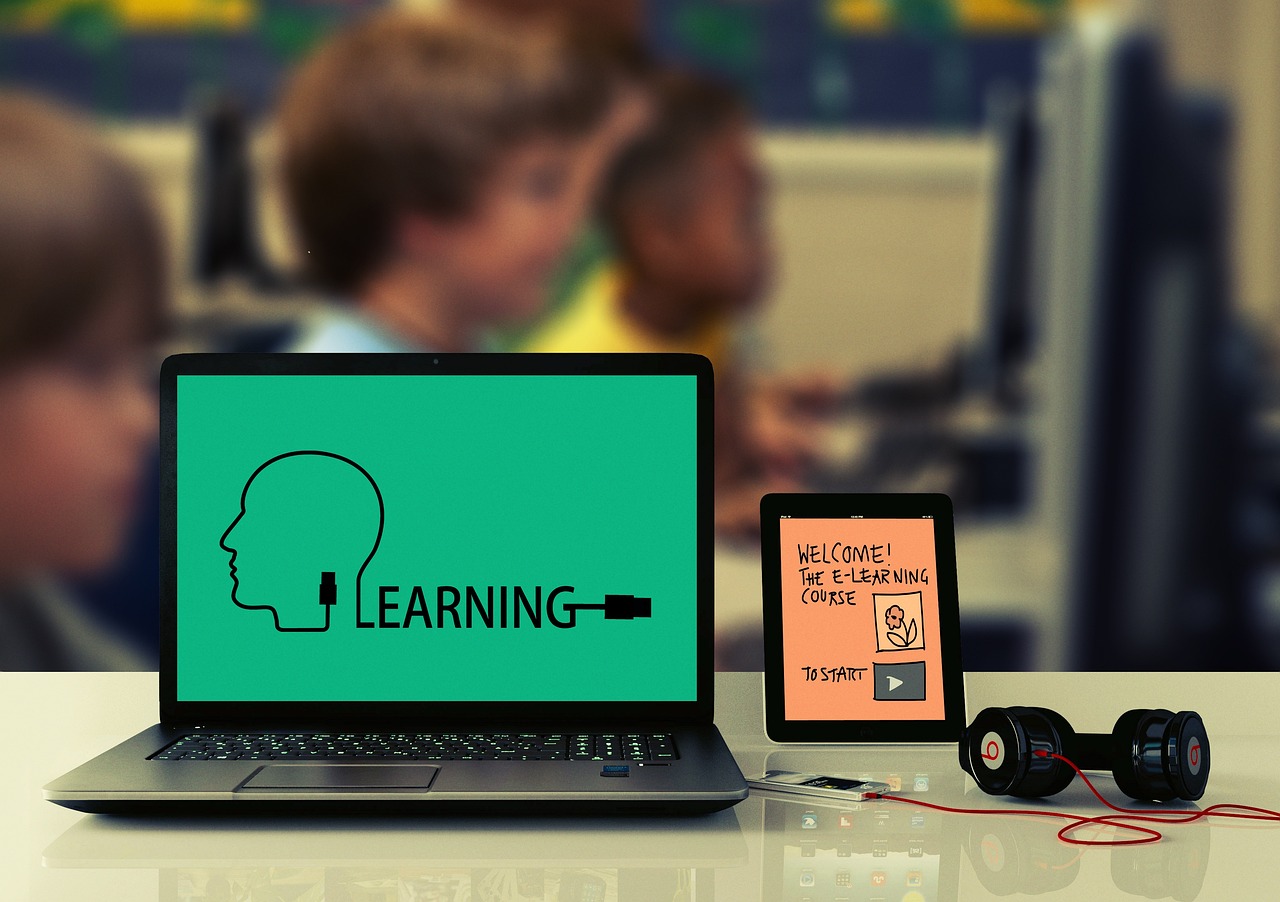
2. Intelligent Tutoring Systems (ITS)
Artificial Intelligence has given birth to intelligent tutoring systems (ITS). These systems give instant support to the students without the need for a human instructor. It uses algorithms and natural language processing to answer questions, explain concepts, and solve problems for the students. But not only that, an underlying model within the software tracks the students’ work, and it corrects feedback, provide hints along the way in real time and as the students work. The system also customizes what exercises the student should work on in the future based on their responses in real time. So, for instance, a high school student struggling with solving algebraic equations would benefit from ITS as its exercises and its explanations will work on the very subject the student is currently struggling in. It ensures that the learning is tailored to the students’ skills and knowledge, hence making learning interesting and effective for the students.
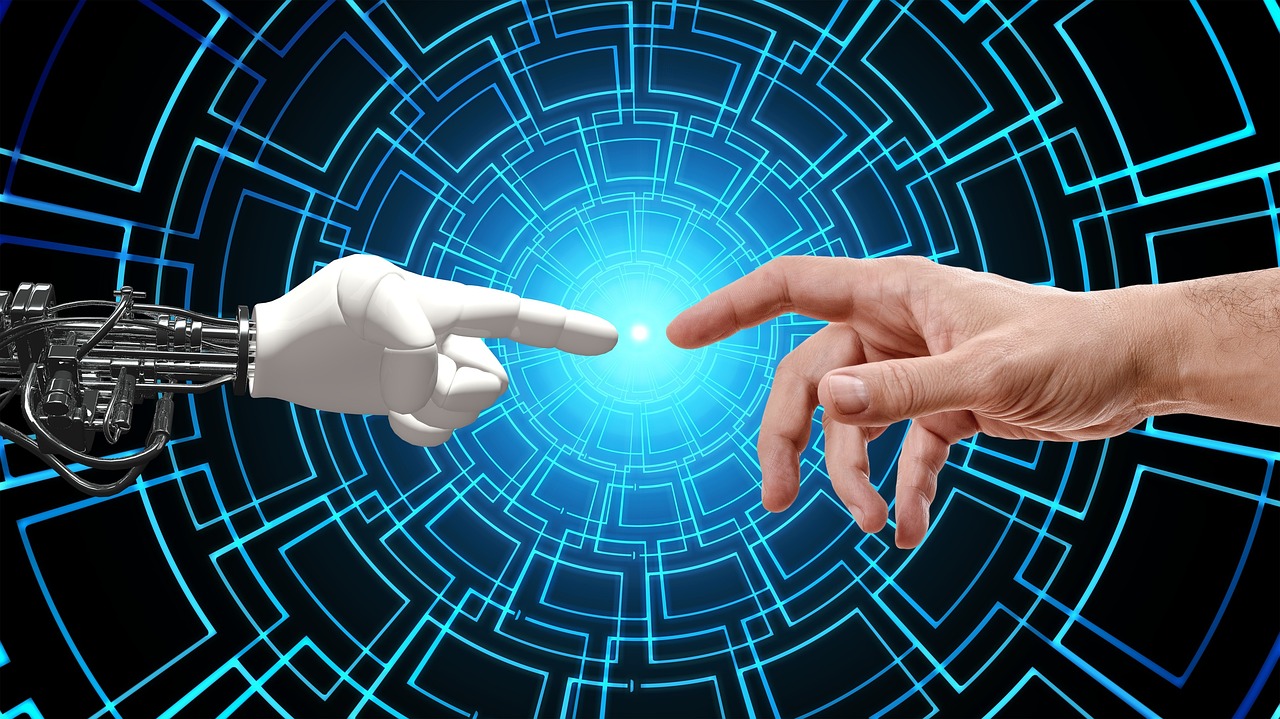
3. Automated administrative tasks
AI is not leaving students behind in the journey of transformation but also empowering the teachers and administrators in day-to-day activities-forgetting about grading and attendance. These systems can automatically grade tests and essays and analyze participation, freeing educators to engage in more complex closer-to-the-learner personalized instruction. The algorithm cuts down laborious repetitive tasks which are mostly done manually hence promote efficiency while reducing human error in the education sector. Education automation gives educational institutions increased management agility as well as optimized processes. There’s less paperwork for teachers, allowing them to concentrate on maximizing quality learning for students.
What makes a difference: Besides automating administrative functions, this also gives teachers more time for planned lessons, student engagement, and creative teaching.

4. Data Driven Insights for Educators
Through useful data-driven insights for educators, artificial intelligence allows educators to analyze and interpret performance and behavioral patterns of students. It can assist in recognizing patterns, for example, of students in risk of falling behind, or which teaching methodologies have shown higher effectiveness. AI analytics also makes it possible to predict future learning outcomes; if a student falls behind, intervention can happen before it is too late.
Why It Matters: Insights give educators the chance to design better learning strategies for their students before the issues arise, addressing the needs both of individuals and groups.

5. Global Access
AI is democratizing education by making students get gained to resources. Powerful AI-driven e-learning platforms equip students in remote areas or non-privileged environments with access to courses and lessons by removing the barrier to quality education. Duolingo and Coursera are effective tools that allow automatic systematic education from access anywhere for students being able to study languages and skills.
This matters: AI can offer education to the millions that did not have had the door to it, thereby lessening the global education gap.

Conclusion
Artificial intelligence is not just making education better; it is going to transform it!
In short, the future of AI in education is indeed bright. AI is to make the teaching and learning process very efficient, accessible, and effective-well, with personalized learning applications, teaching aids, etc., for its students and teachers. As these technologies develop, students and educators can hope for something that is bound to be dynamic and tailored, in line with their requirements.
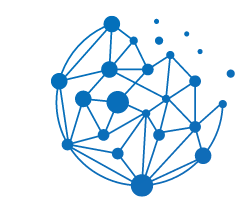
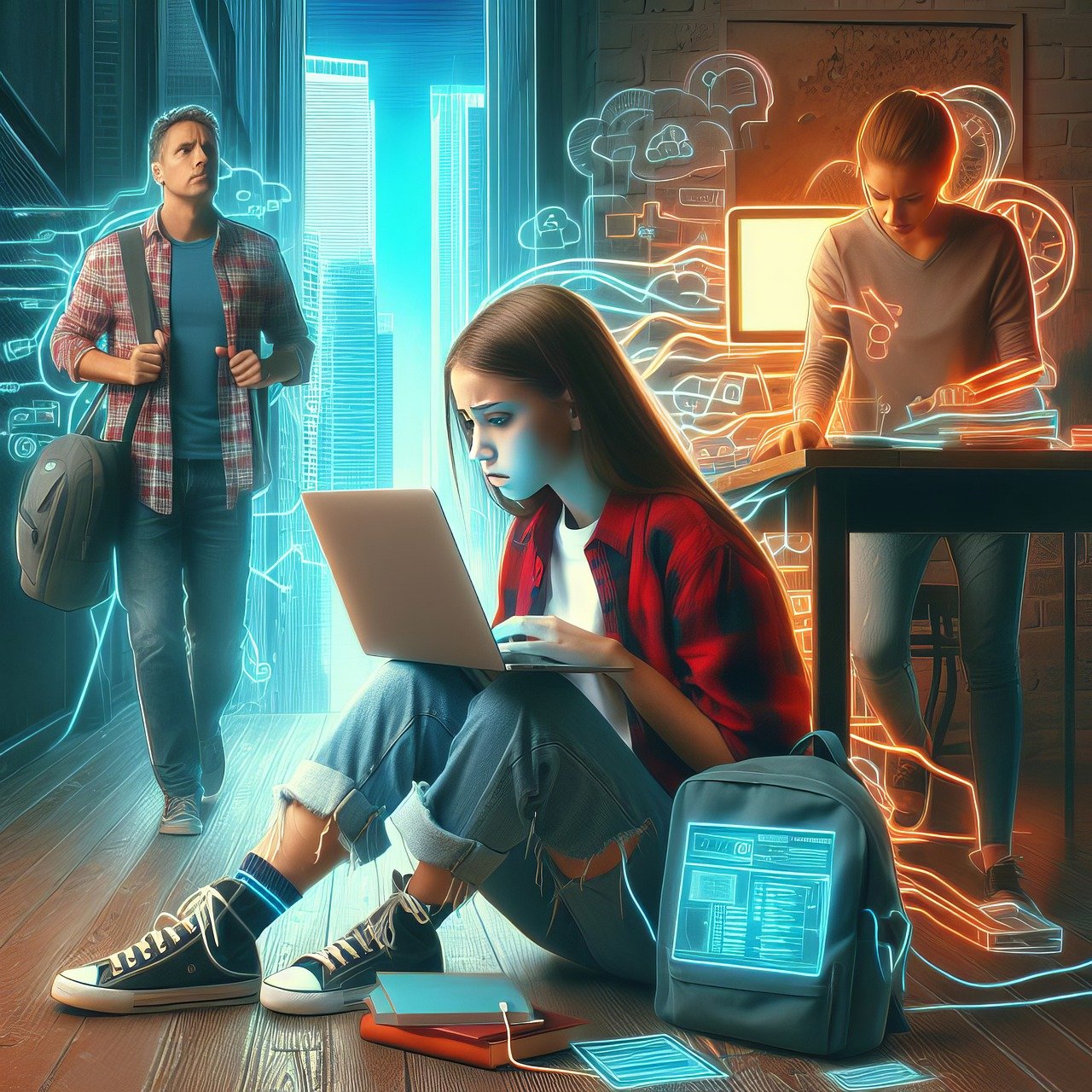
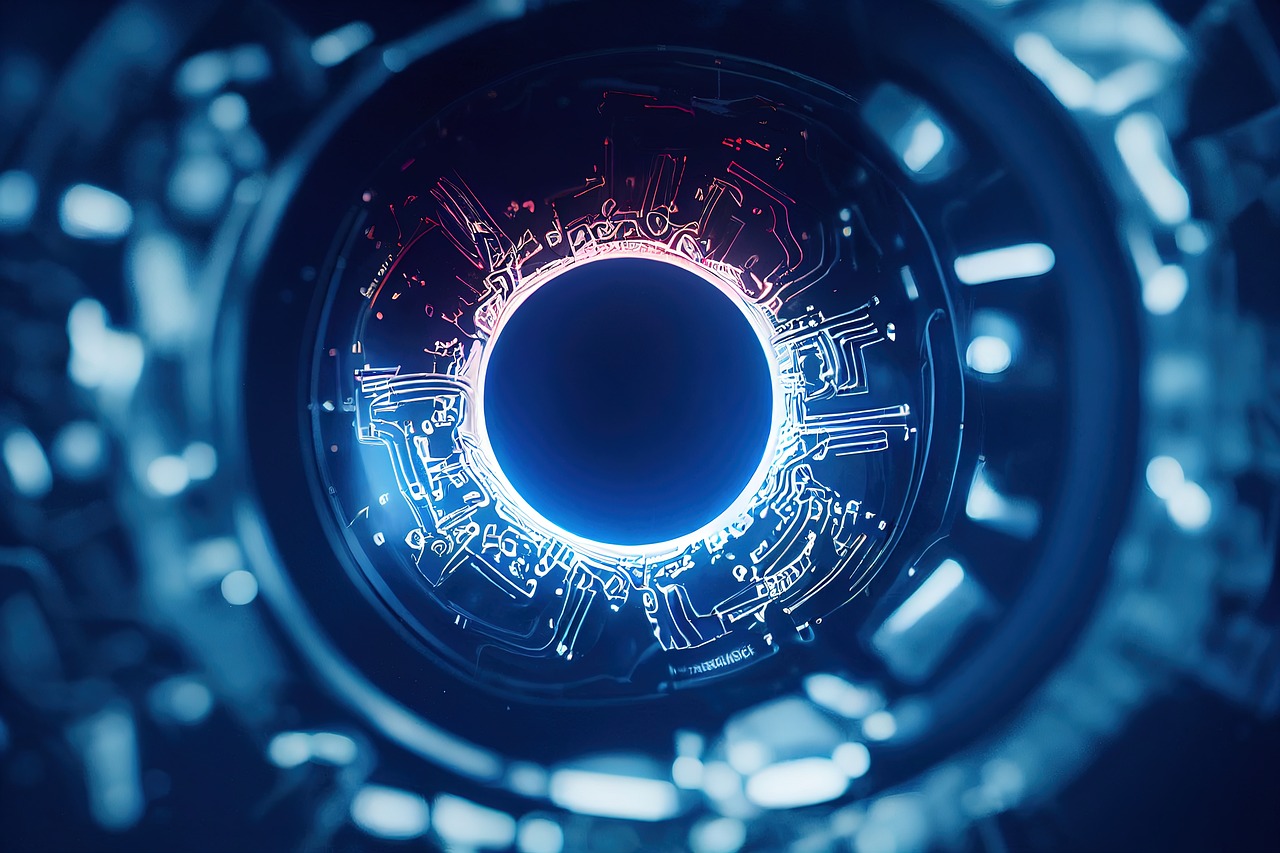


One response to “The Future of AI in Learning and Education: Revolutionizing How We Learn”
Very informative article, Thank you!